Event Horizon Telescope Makes Historic Black Hole Observation
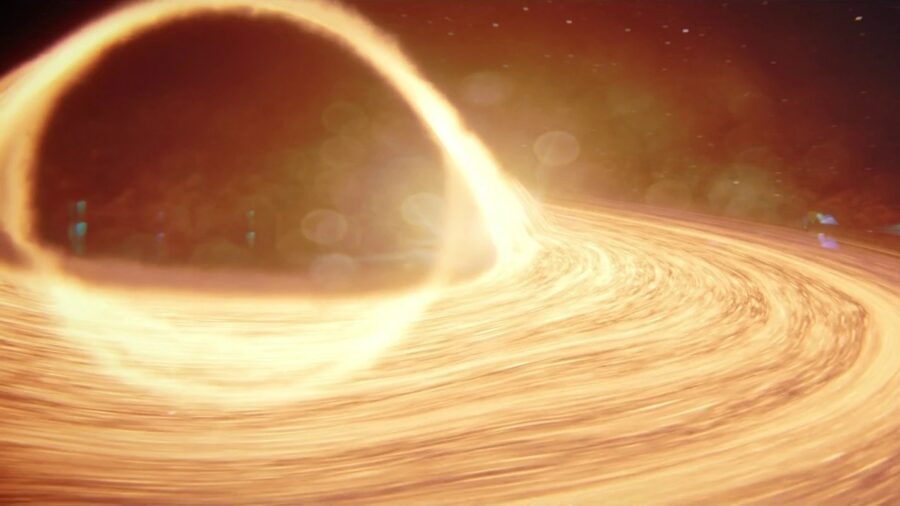
The Event Horizon Telescope array recently took the highest-resolution observations ever taken from Earth’s surface, with some test images of distant galaxies. These high-resolution observations could soon be used to capture more images of supermassive black holes, giving us our most detailed look yet at this incredible space phenomenon. Namely, they could give us images that are over 50 percent more detailed than the images of black holes like M87 and Sagittarius A we’ve previously captured.
Prepping For The Future
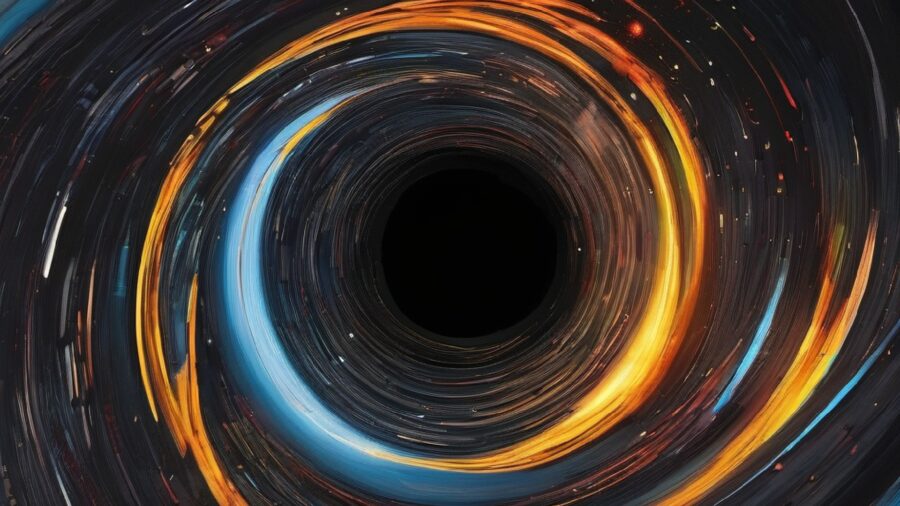
The recent observations were made using a few telescopes from the Event Horizon Telescope array. While there haven’t been new images captured, making use of the full array could deliver these images in the future. Still, it’s a historical experiment, one that allowed the observers to see our universe in a resolution so sharp that it was able to detect infrared light at a frequency of 345 GHz, which has only a 0.87-millimeter wavelength.
New Wavelength Breaks Old Barriers
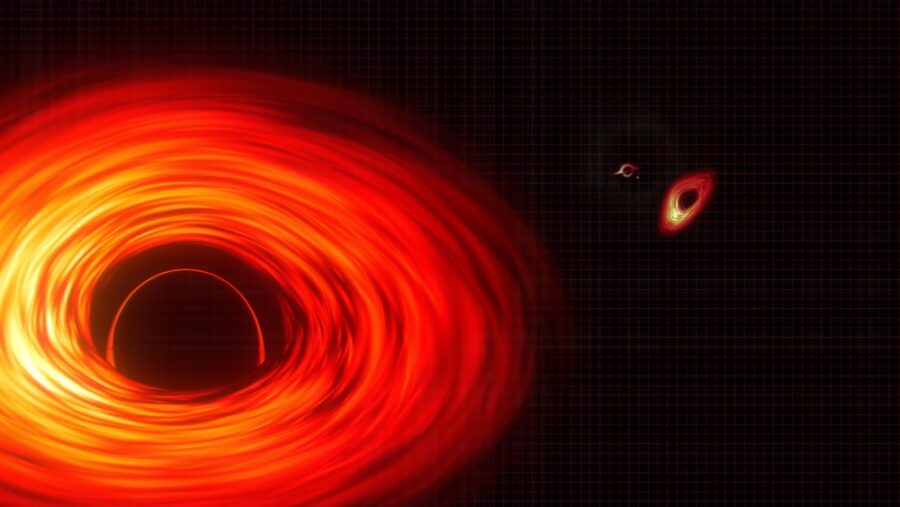
Astrophysicist Alexander Raymond of NASA’s Jet Propulsion Laboratory explained how the first images captured of black holes were made using 1.3-millimeter wavelength observations, though the event horizon of the black hole caused the images to look blurry due to the limitations they had at the time. However, Raymond said that the images will be much “sharper and more detailed” at the new 0.87 wavelength, so the Event Horizon Telescope array could give us our best look yet at black holes.
Black Holes Don’t Really Have A Good Side
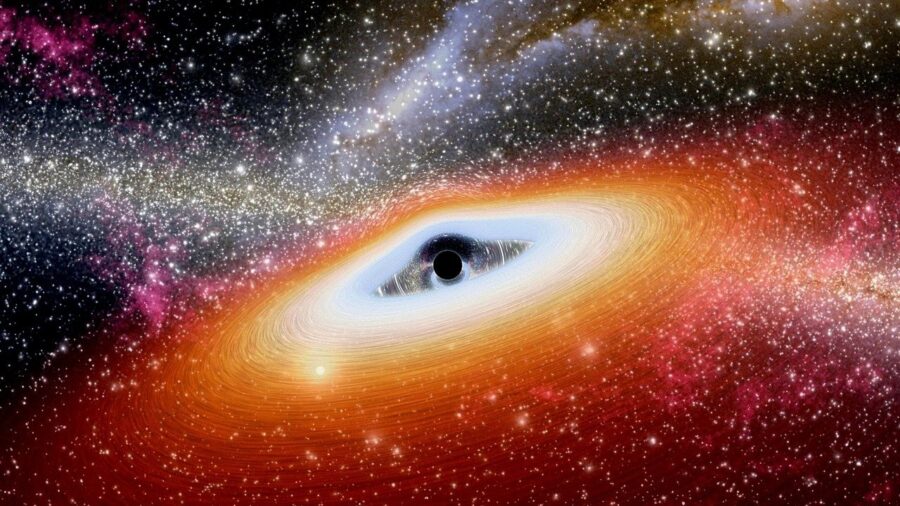
As you might expect, capturing images of a black hole tens of millions of lightyears away is no easy feat, and the process can be pretty slow. To capture the images of M87 and Sagittarius A that we already have, numerous telescope arrays around the world had to work together using a capture technique known as very long baseline interferometry. After telescopes like the Event Horizon Telescope Array do these, there’s still plenty of data processing and analyzing to actually get the images, and even then, the images end up being fairly blurry due to numerous factors.
Going Bigger Isn’t An Option

In order to sharpen the images using the Event Horizon Telescope Array, the team would either need to increase the size of the array or make observations at a higher wavelength frequency, like in the recent experiment. Making the array bigger would take time and resources since the Event Horizon Telescope array already has an observation area the size of our planet. So, the higher frequency option is more viable.
A New Horizon Of Deep Space Imaging
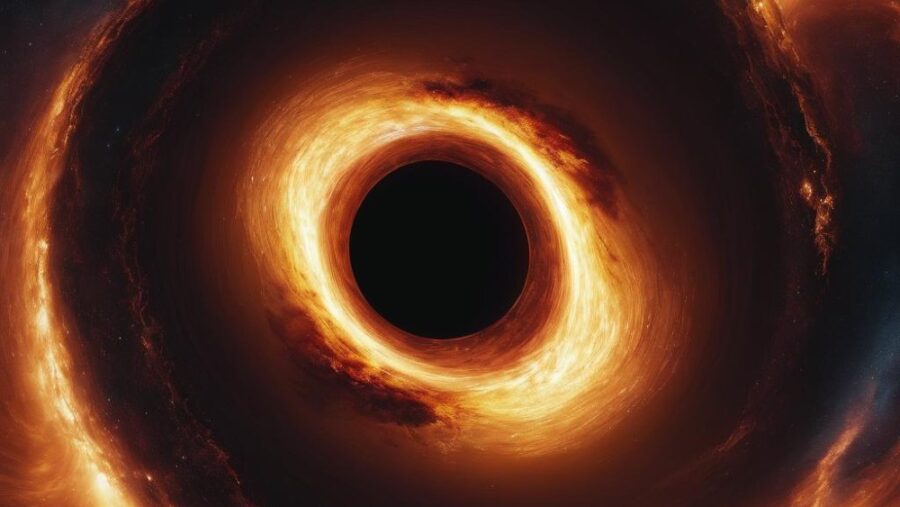
Previously, we were able to make observations at the sharper 0.87-millimeter wavelength, but only using telescopes in space, which ran into the size problem of the array we mentioned earlier. Now that the 0.87-millimeter wavelength observations from the Event Horizon Telescope Array on Earth are possible, the new images should be quite a bit more impressive than the ones we’ve previously seen.
Of course, time is still a factor as the observations have to be made, and the images have to be processed, but what we eventually get to see will undoubtedly be worth the wait.
Source: The Astronomical Journal












